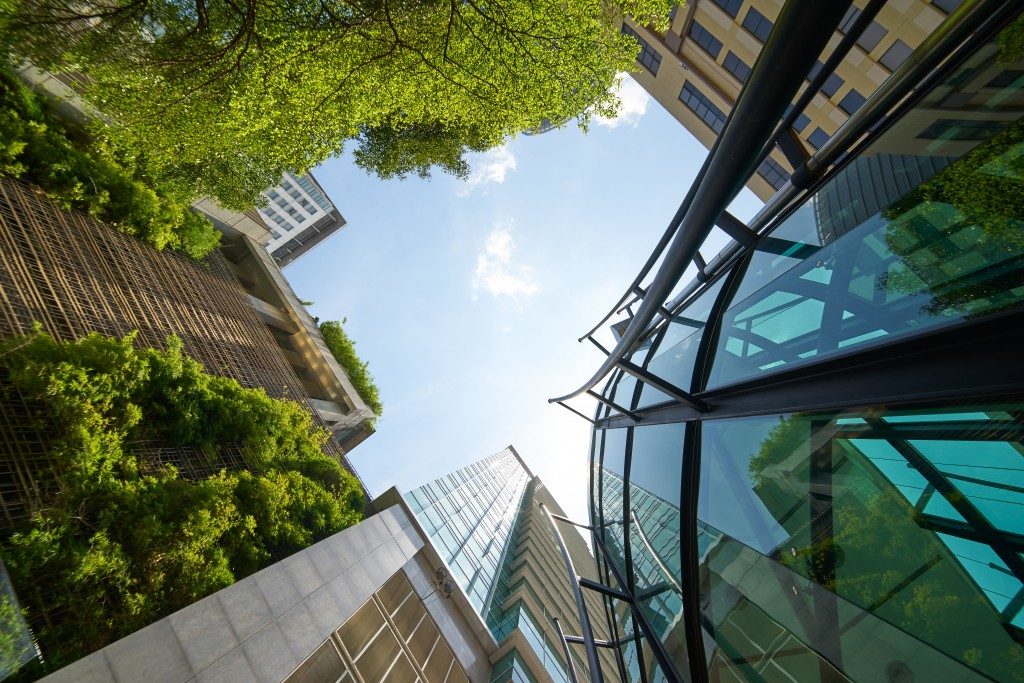Green building is more than a passing trend. It’s a way to help urban areas reduce the pollution they produce and create a better environment for employees and homeowners alike. The World Green Building Council defines “green building” as the construction or operation of a structure that reduces or removes the negative impact on the natural environment.
Apart from the Salt Lake Public Safety Building in Utah, another notable example of a green building in the United States is the George Washington University’s Milken Institute School of Public Health. It uses recycled materials and has an over 41% reduction in water use compared with traditional structures because of its intuitive drainage and plumbing systems. Green building doesn’t only save the environment but also helps you reduce energy and water costs.
Here’s how to make your structure more sustainable.
Make the Most Out Of the Sun
The sun is your friend when it comes to reducing the price of your monthly energy bills. Apart from installing solar panels, replace your building’s windows with bigger versions that let in more natural light. It causes you and your tenants to turn off a few lights during the day to save energy.
It also helps business owners attract and retain employees, as natural light significantly improves worker well-being. Employees put personal well-being and work-life balance at the top of their priorities when looking for a company to work for, according to the latest “State of the American Workplace” report by research and analytics firm Gallup. The Whole Building Design Guide (WBDG) suggests strategically placing sun shading windows to warm your building’s offices and save up on heating bills.
Update Your HVAC System

Heating, Ventilation, and Air Conditioning (HVAC) systems are getting more and more efficient as the years go by. If you’re still using the same system for decades, you’re overdue for an upgrade. The WBDG says that high-performance HVAC equipment can reduce your building’s heating and energy costs by about 10 to 40%. If you want to reduce your monthly payments further, upgrade your building automation system to regulate temperature more efficiently. A report on commercial building controls by the Pacific Northwest National Laboratory showed that properly installed and tuned automation can cut building energy consumption by about 29%.
Keep Water Efficient
While upgrading your plumbing is a difficult task for both you and your bank account, you can start making your water system more efficient by replacing the toilets and fixtures in the bathrooms. Replace traditional urinals with water-free ones. Opt for toilets that use a minimum of 1.28 gallons per flush. When in doubt, look for the WaterSense label on select products. This ensures that the fixtures and toilets you install are certified by the Environmental Protection Agency to be water efficient.
If your building is old, it probably carries the inefficient and unsustainable designs from the era it was built. Give it a green upgrade with windows allowing for more natural light and sustainable HVAC and water systems. Not only are you saving money on bills, but you’re also doing your part in saving the environment.

